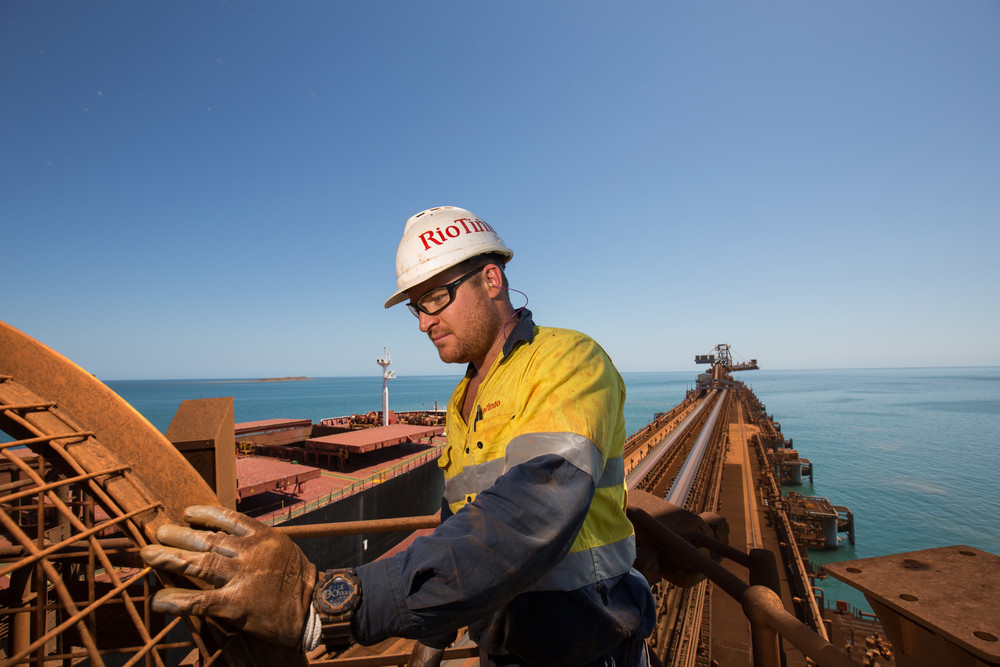
Rio Tinto on Thursday reported its lowest annual iron ore shipments in two years, partly as heavy rains in Western Australia impacted output in the December quarter, but said the global economy was showing signs of strength.
Its fourth-quarter iron ore shipments declined 1%, falling slightly short of market expectations.
For the calendar year, Rio Tinto shipped 328.6 million metric tons of iron ore from Pilbara, the lowest since 2022. It is under threat of Brazilian rival Vale potentially retaking its crown as the world’s biggest producer. Vale expects to produce 323-330 million tonnes for 2024.
“The global economy is showing resilience with inflation moderating and growth stabilizing, although risks of geopolitical tensions and persistent labour shortages remain,” Rio Tinto said in a statement.
Rio is contending with the depletion of some of its main mines and has been maintaining production with higher levels of its low-grade SP10 product, which accounted for a quarter of its shipments in the fourth quarter.
Elevated levels are expected to be sustained until its replacement projects come online towards the end of the decade.
“We are reviewing our future product strategy, having regard to customer requirements and available ore grades,” Rio Tinto said.
Steel consumption in China, its primary market, has eased due to a slowdown in the country’s property sector.
The company expects iron ore production costs in the Pilbara region to be towards the higher end of its 2024 guidance of $21.75 to $23.50 per tonne, mainly because of increasing input expenses and lower production.
For the quarter, Rio shipped out 85.7 Mt of the steel-making commodity in the three months ended Dec. 31, down from 86.3 Mt in the same period last year. That missed a Visible Alpha consensus estimate of 87.5 Mt.
Rio forecast shipments between 323 Mt and 338 Mt for 2025.
The company said it remained on track for first production from its Simandou high-grade iron ore project in Guinea this year.
Rio Tinto’s mined copper production grew 13% to 697,000 metric tons in 2024, thanks to increased output from the Oyu Tolgoi underground mine and higher-grade ore processing at Escondida.
Its shares rose 0.7% to A$120.12 by 1115 GMT, their highest since Dec. 13, largely in line with a 0.8% jump in the mining subindex.
(By Roushni Nair, Roshan Thomas and Melanie Burton; Editing by Devika Syamnath)
Comments